biology

August 29, 2023
When you stop by the water-bottle-refilling station in your residence halls, hop aboard the Night Link shuttle system or fit in a late-night cram session at Kelvin Smith Library, you have one common source to thank: Case Western Reserve University’s Undergraduate Student Government (USG), whose…

August 18, 2023
Mosquitoes—Spanish for “little fly”—are an important part of the world’s ecosystem. While most would prefer to not suffer its bites, the value of one of nature’s most annoying—and also sometimes dangerous—flying pests can’t be understated. Twelve of the more than 200 types of mosquitoes in the…
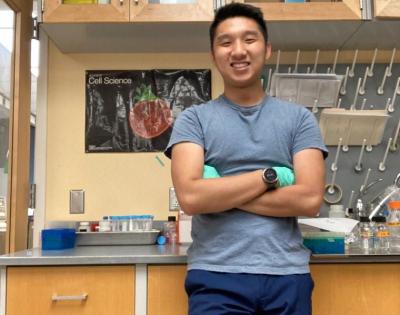
August 01, 2023
When it comes to complex issues, Ethan Lin starts with the basics. As a biology major, that often boils down to considering his field’s most fundamental concept: cells. This summer, Lin is applying that approach to gain insight into how cancers form, working with mentor Alan Tartakoff, professor…
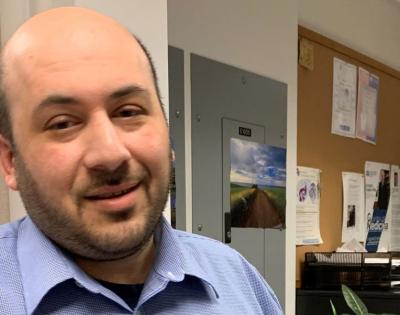
July 28, 2023
The Case Western Reserve University community is mourning the loss of staff member Amad Awadallah, who died July 22. He was 50. Awadallah got his start at the university as an undergraduate student in the fall of 1991. During that time, he worked as a work study student in the Caplan Lab, housed…

July 27, 2023
The summer break from classes offers college students an opportunity to learn more about their fields of interest, gain practical experiences and create connections that may lead to job offers after graduation. Case Western Reserve students are using this time to explore roles as diverse as…
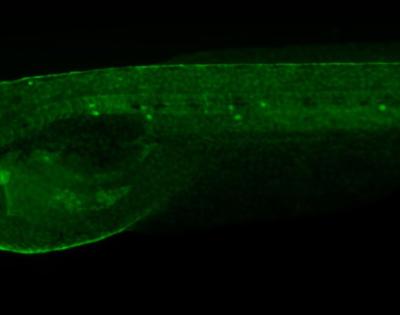
April 18, 2023
Case Western Reserve University neurobiologist, team advance understanding of how zebrafish use hair cells to detect movement; findings apply to human hearing, balance By discovering how zebrafish use their hair cells to detect distant movement, a team of Case Western Reserve University scientists…
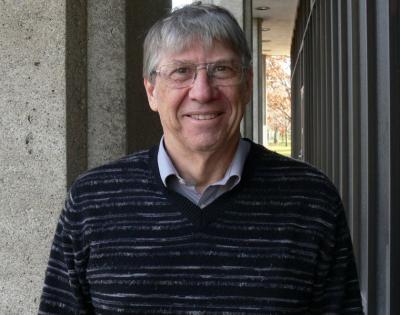
January 31, 2023
Christopher Cullis noted for contributions to plant science, including ‘fundamentally new insights’ on ongoing evolution of flax, other key food crops The American Association for the Advancement of Science (AAAS) has named Christopher Cullis, the Francis Hobart Herrick Professor of Biology at…
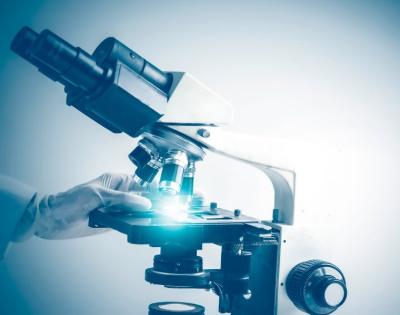
January 06, 2023
Gideon Gywa, a postdoctoral scholar at Case Western Reserve University, was among 15 early-career researchers selected for a travel award to attend the Society of Systematic Biologists’ standalone conference in Mexico City this month. Gywa will present a poster titled “The evolution of eggshell…

December 12, 2022
Want to combine your love for science and technology into a career that is changing the face of healthcare? Learn more about the Master of Science in Systems Biology and Bioinformatics at Case Western Reserve University. The MS degree program combines both basic biology and biochemistry with…

November 18, 2022
Four Case Western Reserve University undergraduate students presented at the Society for Developmental Biology’s 12th Structural Birth Defects Meeting, held Oct. 18–20 in Washington, DC. All four students received travel funding awards from Support of Undergraduate Research and Creative Endeavors…

